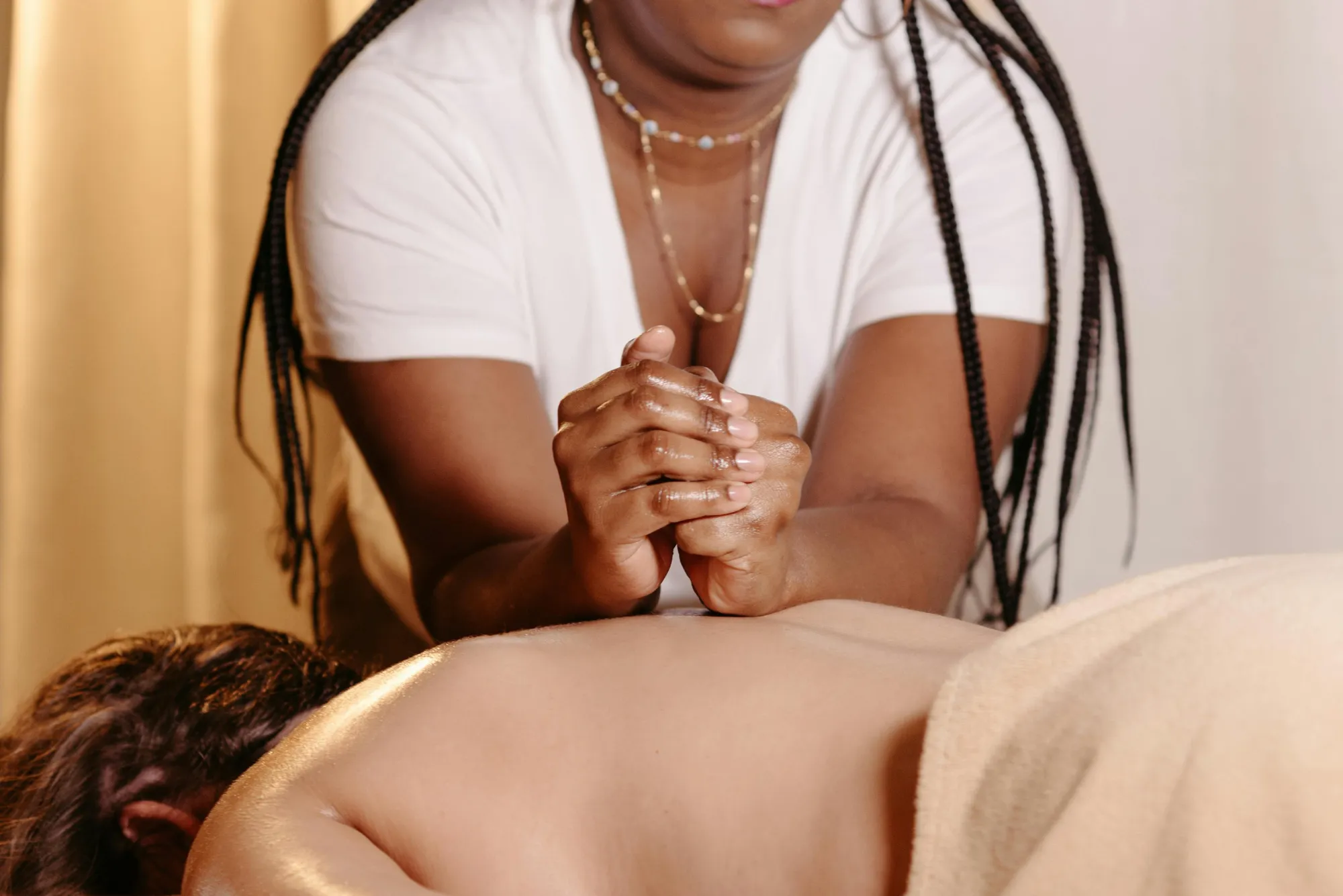Introduction
Understanding how muscles work during exercise is the key to maximizing strength and size gains. When it comes to biceps training, one concept that often goes unnoticed yet plays a vital role is the strength curve. Knowing which strength curve most accurately represents a biceps curl can help you refine your workouts, improve muscle activation, and reduce injury risk.
What Is a Strength Curve?
Before diving into which curve fits the biceps curl, it’s essential to understand what a strength curve is. The strength curve describes how your muscles generate force throughout the range of motion of an exercise. Simply put, it shows how hard your muscles need to work at different points in a movement. There are three main types of strength curves—ascending, descending, and bell-shaped.
An ascending strength curve means the exercise gets easier as you move through the motion. A descending curve gets harder toward the end of the range, and a bell-shaped curve shows maximum tension somewhere in the middle. Knowing where the muscle faces its greatest challenge can help tailor your exercise choice and technique.
The Strength Curve of the Biceps Curl
When analyzing which strength curve most accurately represents a biceps curl, the answer is a bell-shaped curve. During a traditional biceps curl, the muscle tension is not uniform. At the start of the curl, when your arm is extended, tension is relatively low. As you lift the weight and your forearm reaches about 90 degrees, tension peaks because the lever arm is longest. Then, as you move past that midpoint and near the top of the curl, tension decreases again.
This bell-shaped strength curve reflects the natural biomechanics of the elbow joint and how the biceps muscle attaches to the forearm bones. Understanding this helps in adjusting resistance and training methods to match the muscle’s capability throughout its full range of motion.
Why the Bell-Shaped Curve Matters in Biceps Training
The bell-shaped curve reveals that your biceps are working hardest in the middle of the curl. This insight helps you target the muscle more effectively. Many lifters mistakenly believe that simply lifting heavier weights will produce better results, but if tension isn’t properly distributed, progress can stall or injuries can occur.
By aligning your exercise selection with this curve, you can ensure your biceps receive consistent tension where they can grow the most. For example, cable curls maintain resistance through a broader range of motion, while barbell curls offer peak tension primarily at the midpoint.
Optimizing Your Biceps Workout for the Strength Curve
To make the most of the bell-shaped curve, you can use various training strategies. Adjusting equipment, angles, and grip can help ensure your muscles are challenged at all points in the movement.
Use Different Curl Variations
Try mixing dumbbell curls, barbell curls, preacher curls, and cable curls. Dumbbells allow a natural wrist rotation, barbell curls add overall mass, preacher curls emphasize the lower range, and cable curls keep steady tension throughout.
Focus on Tempo and Control
Speed often kills form. Controlling both the concentric (lifting) and eccentric (lowering) phases ensures the muscle stays under tension longer. A slower eccentric phase (around 3–4 seconds) maximizes muscle damage and growth potential.
Apply Resistance Bands or Cables
Resistance bands alter the strength curve by adding more resistance as you extend. This balances tension, especially at the top of the curl, where traditional weights provide less challenge. Cables, on the other hand, maintain constant tension, aligning well with the bell-shaped curve.
Maintain Proper Form
Stand upright with your elbows tucked close to your torso. Avoid swinging or using your back for momentum. The movement should be controlled and isolated to your biceps. Proper form keeps the focus on muscle activation rather than joint stress.
Common Mistakes During Biceps Curls
Even though curls appear simple, most people make small errors that significantly affect results. Understanding these common mistakes ensures your efforts align with the correct strength curve.
Using Too Much Weight
Lifting heavy without control often shifts tension away from the biceps to other muscles. Instead of ego lifting, choose a weight that lets you perform 8–12 reps with full range and control.
Poor Elbow Positioning
Elbows that move forward or backward reduce the efficiency of the curl. Keep your elbows fixed to the sides to maintain the natural bell-shaped curve of tension.
Rushing the Eccentric Phase
Lowering the weight too quickly eliminates valuable time under tension. Slow down the descent to ensure the biceps engage fully across the range.
Neglecting Full Range of Motion
Partial reps limit activation. Extend your arms completely at the bottom and squeeze hard at the top to work both ends of the strength curve effectively.
Ignoring Variation
Relying on only one curl variation limits growth. Use cables, resistance bands, and different grips to manipulate the resistance curve and stimulate more muscle fibers.
Practical Tips to Maximize Biceps Curl Efficiency
Here are some science-backed strategies to align your training with the correct strength curve and maximize growth potential.
Prioritize Mind-Muscle Connection
Focus mentally on your biceps contracting and lengthening during every rep. This technique improves muscle recruitment and enhances results.
Use Progressive Overload
Gradually increase weight, reps, or time under tension to continually challenge your biceps. Align these progressions with the strength curve for consistent adaptation.
Include Isometric Holds
Pausing at the midpoint—where the curve peaks—enhances strength and endurance. Hold for 2–3 seconds before lowering the weight.
Train Both Heads of the Biceps
Adjust your grip width to target the long and short heads of the biceps. A wide grip emphasizes the short head, while a narrow grip hits the long head more effectively.
Balance Volume and Recovery
Overtraining can lead to fatigue and poor form. Give your biceps 48–72 hours to recover between sessions for optimal muscle repair.
The Science Behind Strength Curves and Muscle Growth
Understanding muscle physiology helps you appreciate why matching exercises to their strength curves matters. When tension aligns with a muscle’s natural curve, it stimulates more motor units, improving hypertrophy and strength.
Electromyography (EMG) studies show that biceps activation peaks at the midpoint of a curl, matching the bell-shaped curve. This is why exercises that maintain resistance near that point—such as cable or preacher curls—tend to yield greater muscle activation compared to movements with uneven tension distribution.
Choosing the Right Equipment Based on the Curve
Different gym tools can either complement or conflict with the strength curve of a biceps curl. Free weights, cables, and resistance bands each have unique tension profiles.
Barbells and dumbbells rely on gravity, which means resistance changes with arm angle. Cables and bands, however, allow you to control the direction of resistance, letting you better align with the muscle’s natural force production curve. Combining both can create a well-rounded program.
For a detailed exploration, you can take an in-depth look at which strength curve most accurately represents a biceps curl exercise to learn how biomechanics and physics influence training performance.
Integrating Strength Curve Knowledge into Your Fitness Routine
Applying this understanding goes beyond the biceps. Every exercise follows a unique strength curve. Recognizing this can transform your entire fitness strategy. Knowing when muscles face peak tension helps you plan more effective workouts, prevent injuries, and achieve balanced strength development.
For those new to resistance training, learning sports & fitness basics provides a strong foundation before applying advanced principles like strength curves.
Master the Strength Curve for Maximum Results
Understanding which strength curve most accurately represents a biceps curl can transform your arm training from average to exceptional. The bell-shaped curve demonstrates that your biceps experience maximum tension in the middle of the curl. By aligning your exercises, tempo, and resistance methods with this curve, you’ll achieve better muscle engagement, growth, and strength.
Train smart, stay consistent, and never overlook the importance of technique and muscle mechanics. For more advanced insights and expert collaborations, check out our editorial partner for science-based guidance and professional workout strategies.
FAQs
What is the strength curve of a biceps curl?
The biceps curl follows a bell-shaped strength curve, meaning muscle tension is highest in the middle of the movement.
Why is the bell-shaped curve important?
It shows where your biceps work hardest, helping you choose exercises and techniques that maximize tension and muscle growth.
Can I change the strength curve of an exercise?
Yes, by using cables, resistance bands, or adjusting body angles, you can modify resistance and influence where tension peaks.
Are cables better than dumbbells for biceps curls?
Cables offer constant tension throughout the motion, making them excellent for maintaining pressure aligned with the bell-shaped curve.
How can I avoid mistakes in biceps curls?
Focus on proper form, controlled movement, full range of motion, and manageable weights to match the correct tension curve.




